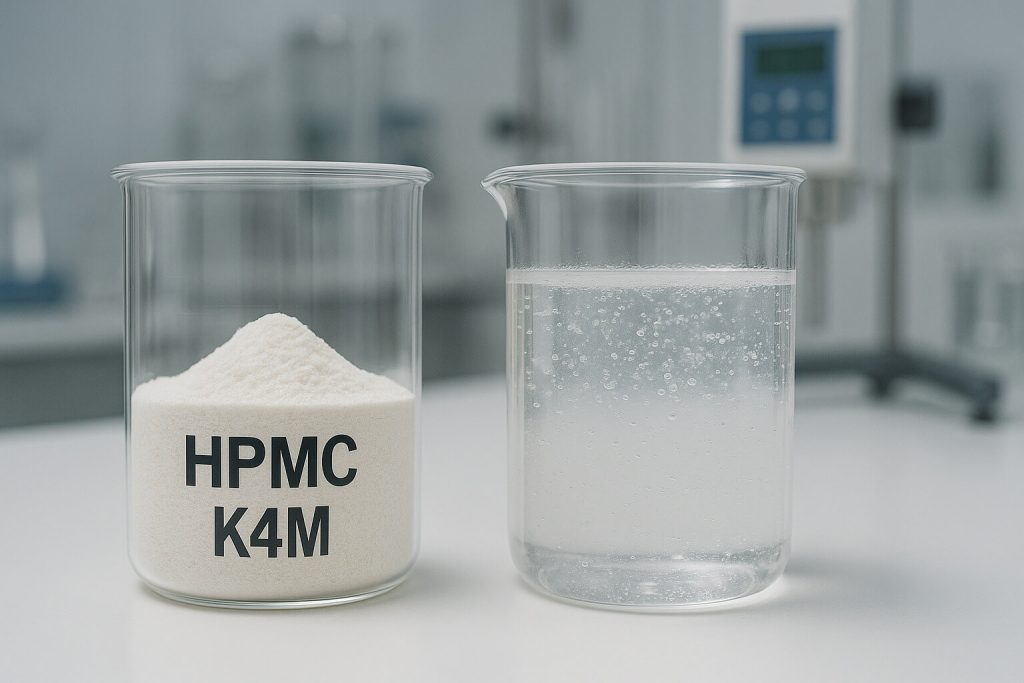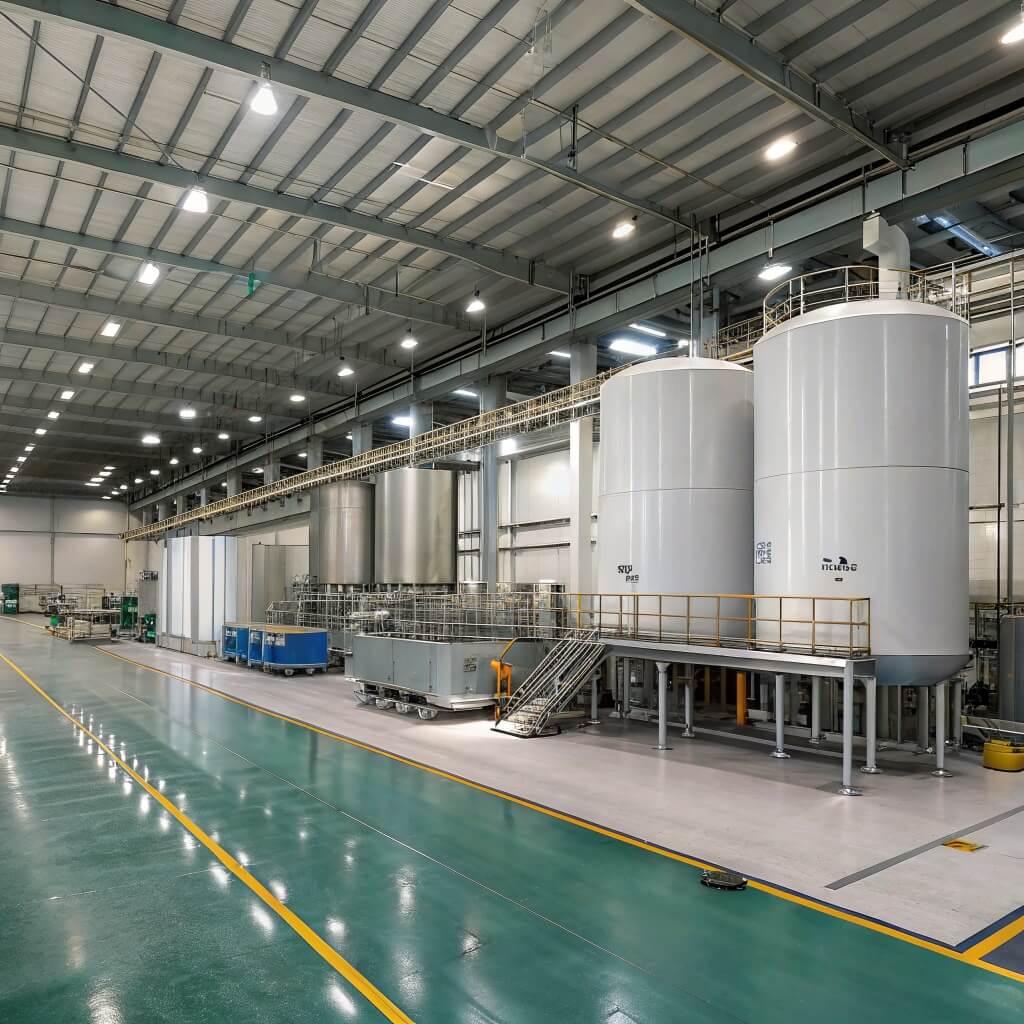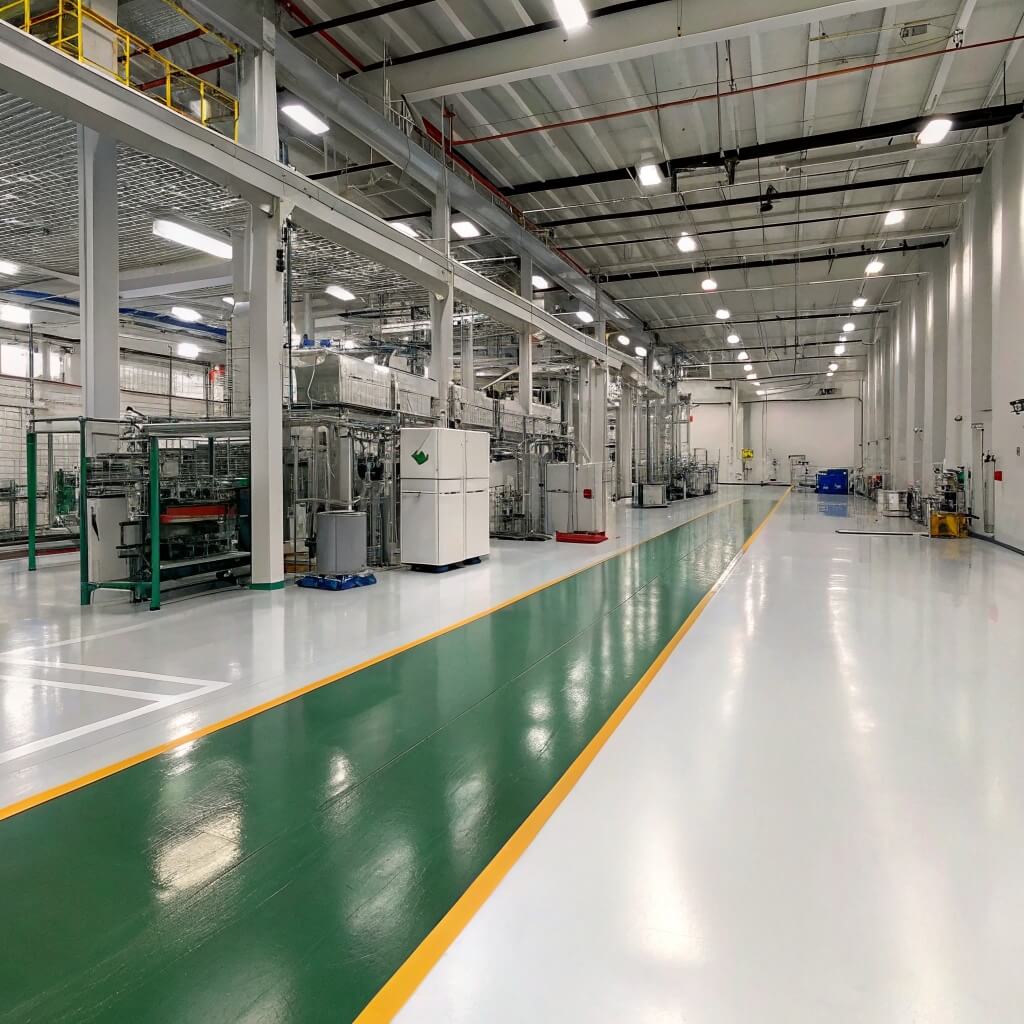Hydroxypropyl Methylcellulose (HPMC) is a cellulose derivative that has made a significant impact across various industries, particularly in pharmaceuticals. One of the most commonly used grades of HPMC is K4M, which stands out for its low viscosity and unique properties that make it ideal for a variety of pharmaceutical applications. In this article, we will explore how HPMC K4M is used in the pharmaceutical industry, its benefits, and the specific applications where it excels.

1. What is HPMC K4M and Why Is It Important in Pharmaceuticals?
HPMC K4M is a water-soluble cellulose ether that is widely used in the pharmaceutical industry for its ability to control the viscosity and stability of drug formulations. What’s the real story? HPMC K4M is known for its fast dissolution properties, making it particularly useful for applications where quick drug release is necessary. This low-viscosity grade of HPMC also plays a crucial role as a binder, emulsifier, and stabilizer in tablet formulations, ensuring that the active ingredients remain uniformly distributed.
HPMC K4M is an essential ingredient in both immediate and controlled-release drug formulations. It helps to modify the release profile of active ingredients, which is critical in ensuring that the drugs are delivered at the right time and in the correct amount. The solubility and gel-forming properties of HPMC K4M also improve the bioavailability of the drug, leading to more effective therapeutic outcomes. Additionally, it is non-toxic and biocompatible, making it a safe choice for pharmaceutical products.
The versatility of HPMC K4M allows it to be used in a variety of dosage forms, including tablets, capsules, suspensions, and gels. This is why it is a go-to polymer in the pharmaceutical industry, particularly in applications where ease of processing and stability are key.
| Application | Role of HPMC K4M | Avantage |
|---|---|---|
| Tablets and capsules | Binder, stabilizer, controlled release | Uniform drug release, enhanced stability |
| Suspensions | Emulsifier, suspending agent | Prevents settling, ensures uniformity |
| Controlled-release systems | Gel matrix formation | Extended drug release, improved bioavailability |
2. How Does HPMC K4M Affect Drug Formulations?
HPMC K4M plays a vital role in drug formulations by influencing various physical properties of the final product. Ready for the good part? The low viscosity of HPMC K4M allows it to dissolve quickly in water, which helps the drug components dissolve more effectively and rapidly in the gastrointestinal tract. This makes it ideal for fast-release drug formulations, ensuring the drug is quickly available for absorption.
In tablet formulations, HPMC K4M is used as a binder that helps hold the tablet together. Its ability to control the viscosity allows for the creation of stable and consistent tablets that do not break apart during production or storage. HPMC K4M also ensures that the active ingredients in the tablets are evenly distributed, providing a consistent dosage with every tablet.
Additionally, HPMC K4M’s gel-forming properties make it useful in controlling the release of drugs over time. It is commonly used in controlled-release formulations where the active ingredient needs to be released gradually. In this context, HPMC K4M helps form a gel barrier around the drug, which dissolves slowly to release the drug at a steady rate.
| Propriété | Effect on Formulation | Application |
|---|---|---|
| Faible viscosité | Quick dissolution, smooth texture | Fast-release formulations, suspensions |
| Gel-forming | Libération plus lente du médicament | Comprimés et capsules à libération contrôlée |
| Binder | Holds ingredients together | Consistent tablet dosage, improved stability |
3. What Are the Benefits of Using HPMC K4M in Pharmaceutical Products?
HPMC K4M offers several key benefits that make it an excellent choice for pharmaceutical formulations. But here’s the kicker… it provides a combination of stability, safety, and performance in a wide range of drug delivery systems.
One of the primary advantages of using HPMC K4M is its ability to control the release of active ingredients. In sustained-release formulations, HPMC K4M forms a gel matrix that dissolves slowly, providing a continuous release of the drug over an extended period. This is particularly beneficial for medications that need to be effective throughout the day, reducing the frequency of doses and improving patient compliance.
Another benefit of HPMC K4M is its non-toxic and biocompatible nature, which makes it safe for use in oral and parenteral drug formulations. It is also highly stable, with a long shelf life, making it an ideal choice for both solid and liquid formulations. The ability of HPMC K4M to form stable emulsions and suspensions also improves the texture and stability of drug products, ensuring they remain effective and easy to administer over time.
Moreover, HPMC K4M’s role as a binder in tablet formulations enhances the mechanical strength of tablets, preventing them from breaking during manufacturing and transportation. This ensures that the tablets retain their integrity and efficacy throughout their lifecycle.
| Avantage | Description | Application |
|---|---|---|
| Controlled drug release | Forms gel matrix for sustained release | Sustained-release tablets, capsules |
| Non-toxic and biocompatible | Safe for use in oral and injectable forms | Oral tablets, injectable formulations |
| Stability and texture | Improves formulation stability and texture | Emulsions, suspensions, tablet coatings |
4. How Does HPMC K4M Contribute to Controlled-Release Drug Formulations?
HPMC K4M is especially useful in controlled-release formulations, where its ability to form a gel matrix is crucial. This is where it gets interesting… HPMC K4M’s unique gel-forming properties allow it to control the release of active ingredients over an extended period, ensuring that the drug is released at a constant rate.
The way HPMC K4M works in controlled-release systems is simple but effective. When it comes into contact with water, it swells and forms a gel. This gel slowly dissolves, releasing the drug in a controlled manner. The viscosity of HPMC K4M determines the rate at which the gel dissolves and, consequently, the rate at which the drug is released. By adjusting the grade of HPMC and the formulation design, pharmaceutical manufacturers can control the release rate of the drug to meet specific therapeutic needs.
HPMC K4M is used in various controlled-release formulations, including tablets, capsules, and even injectable systems. The advantage of using HPMC K4M is that it can provide consistent drug release over hours or days, reducing the need for frequent dosing and improving patient adherence to medication regimens.
| Role of HPMC K4M | Effect on Drug Release | Application |
|---|---|---|
| Gel matrix formation | Controls drug release over extended periods | Comprimés et capsules à libération contrôlée |
| Viscosity modulation | Slows down drug dissolution | Long-acting drugs, chronic condition medications |
| Libération prolongée | Provides steady, continuous drug availability | Reduced dosing frequency, improved compliance |
5. How Is HPMC K4M Used in Liquid Pharmaceutical Formulations?
In addition to its use in solid dosage forms like tablets and capsules, HPMC K4M is also widely used in liquid pharmaceutical formulations. What’s the real story? HPMC K4M acts as an excellent suspending agent, helping to maintain the uniform distribution of active ingredients in liquid formulations such as syrups, oral suspensions, and injectables.
In liquid formulations, HPMC K4M ensures that the active ingredients do not settle over time, keeping the product consistent and stable. This is especially important for products that need to be shaken before use, such as suspensions for children or elderly patients who may have difficulty swallowing pills.
HPMC K4M also improves the texture and mouthfeel of liquid formulations, providing a smooth, pleasant consistency. Its ability to thicken solutions without affecting their clarity makes it ideal for use in syrups, where a smooth, homogenous texture is important for both stability and patient acceptance.
| Application | Role of HPMC K4M | Avantage |
|---|---|---|
| Suspensions | Acts as a suspending agent | Prevents settling, ensures uniformity |
| Syrups | Thickening agent, emulsifier | Smooth texture, improved patient experience |
| Injectables | Suspends active ingredients | Stable formulations, uniform drug distribution |
6. How Does HPMC K4M Enhance Tablet Disintegration and Dissolution?
The disintegration and dissolution of tablets are critical factors in determining the speed at which a drug is absorbed into the body. Ready for the good part? HPMC K4M plays a key role in ensuring that tablets break down properly and dissolve at the correct rate for maximum therapeutic effect.
HPMC K4M’s ability to form a gel matrix and control the dissolution rate is essential for the proper disintegration of tablets. When a tablet containing HPMC K4M is ingested, the HPMC absorbs water and swells, causing the tablet to disintegrate and release the active ingredients. This process is essential for the drug to be absorbed into the bloodstream.
By using HPMC K4M, pharmaceutical manufacturers can fine-tune the dissolution rate of tablets, ensuring that the drug is released at the optimal time. This is particularly useful for drugs that require rapid absorption, such as painkillers or anti-inflammatory medications.
| Application | Role of HPMC K4M | Avantage |
|---|---|---|
| Tablet Disintegration | Swells and helps break down tablets | Ensures rapid drug release, improves bioavailability |
| Dissolution Control | Modulates dissolution rate | Faster onset of action, predictable therapeutic effect |
| Rapid Release Formulations | Provides quick drug release | Immediate therapeutic effect, high bioavailability |
7. What Are the Safety and Regulatory Considerations for HPMC K4M in Pharmaceuticals?
HPMC K4M is widely regarded as safe for use in pharmaceutical formulations.
But here’s the kicker… it is approved by regulatory agencies such as the United States Pharmacopeia (USP), the European Pharmacopeia (EP), and the Japanese Pharmacopeia (JP), which ensures that it meets strict safety and quality standards.
HPMC K4M is non-toxic and biocompatible, making it an ideal choice for both oral and injectable formulations. Extensive studies have shown that HPMC does not pose any significant health risks when used in pharmaceutical products. It is also considered safe for long-term use in chronic medications.
Manufacturers must ensure that HPMC K4M meets the required specifications for purity, viscosity, and dissolution behavior. This ensures that the final product is safe, effective, and compliant with regulatory standards.
| Considération | Description | Application |
|---|---|---|
| Approbation réglementaire | Approved by USP, EP, and JP | Meets safety and quality standards |
| Non-toxic and Biocompatible | Sans danger pour une utilisation dans les produits pharmaceutiques | Oral tablets, injectables |
| Purity and Consistency | Strict quality control for stability | Long-term drug formulations, chronic medications |
8. How Does HPMC K4M Compare to Other HPMC Grades in Pharmaceutical Formulations?
HPMC K4M is just one of many grades of HPMC used in pharmaceutical applications. What’s the real story? While HPMC K4M is ideal for fast-release formulations and low-viscosity applications, other grades of HPMC like K100M and K15M may be more suitable for different types of drug delivery systems.
HPMC K100M, for example, is a high-viscosity grade that is better suited for controlled-release formulations. Its ability to form a thicker gel matrix makes it ideal for slow drug release over extended periods. In contrast, HPMC K4M’s low viscosity makes it better suited for applications where rapid dissolution and release are required.
Choosing the right grade of HPMC depends on factors like viscosity requirements, drug release profiles, and the desired texture of the final product. By understanding the specific needs of each formulation, pharmaceutical manufacturers can select the appropriate grade of HPMC to ensure optimal performance.
| Qualité HPMC | Viscosité | Best Use |
|---|---|---|
| HPMC K4M | Faible | Fast-release formulations, emulsions |
| HPMC K15M | Moyen | Comprimés et capsules à libération contrôlée |
| HPMC K100M | Haut | Sustained-release formulations, long-acting drugs |
9. What Are the Challenges in Using HPMC K4M in Pharmaceutical Applications?
While HPMC K4M is widely used, there are certain challenges associated with its use in pharmaceutical formulations. Ready for the good part? One of the primary challenges is achieving precise viscosity control, as variations in viscosity can affect the dissolution rate and drug release.
Additionally, HPMC K4M’s fast dissolution rate may not always be suitable for all formulations, especially those that require more controlled release. Manufacturers must carefully balance the properties of HPMC K4M with other excipients to optimize performance. Proper formulation techniques and testing are essential to ensuring that the drug is released at the correct rate.
| Défi | Solution | Application |
|---|---|---|
| Contrôle de la viscosité | Use in combination with other excipients | Ensure optimal dissolution and drug release |
| Fast Dissolution Rate | Combine with higher-viscosity grades | Formulations à libération contrôlée |
| Formulation Consistency | Rigorous testing and quality control | Maintain consistency across batches |
10. What Are the Future Trends for HPMC K4M in the Pharmaceutical Industry?
The pharmaceutical industry is constantly evolving, and HPMC K4M is expected to play a key role in the future of drug delivery systems. What’s the real story? Advances in HPMC technology are enabling the development of more precise drug formulations, particularly in the areas of personalized medicine and controlled-release systems.
As the demand for eco-friendly and sustainable pharmaceutical solutions grows, HPMC, being derived from renewable plant sources, is well-positioned to meet these needs. Innovations in HPMC-based formulations are expected to improve the effectiveness, safety, and cost-effectiveness of pharmaceutical products in the coming years.
| S'orienter | Potential Impact | Future Applications |
|---|---|---|
| Médecine personnalisée | Tailored formulations for individual needs | Customized drug release profiles |
| Sustainability | Biodegradable, eco-friendly products | Green pharmaceuticals, sustainable formulations |
Rubrique FAQ
Q1: What is HPMC K4M and why is it used in pharmaceuticals?
HPMC K4M is a low-viscosity grade of Hydroxypropyl Methylcellulose used in pharmaceuticals for its ability to control drug release, improve bioavailability, and act as a binder in tablets.
Q2: How does HPMC K4M affect drug formulations?
HPMC K4M influences the dissolution rate and release profile of active ingredients in drug formulations, ensuring rapid release or controlled release depending on the application.
Q3: What are the benefits of using HPMC K4M in pharmaceuticals?
HPMC K4M provides cost-effective and stable formulations, enhances tablet hardness, improves dissolution rates, and allows for controlled-release formulations that improve patient compliance.
Q4: How is HPMC K4M used in liquid pharmaceutical formulations?
HPMC K4M is used as a suspending agent in liquid formulations to prevent ingredient separation, ensuring uniform distribution of active ingredients in syrups, suspensions, and injectable products.
Q5: What are the regulatory considerations for using HPMC K4M in pharmaceuticals?
HPMC K4M is safe, non-toxic, and meets regulatory standards from agencies such as USP, EP, and JP. It is used in both oral and injectable formulations, ensuring safety and efficacy.




